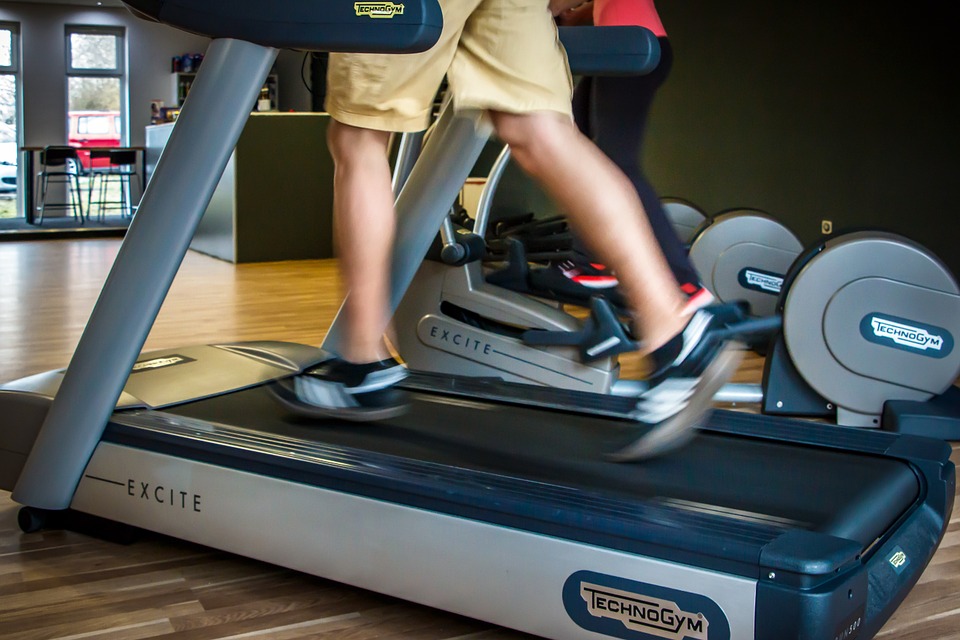Why You Should Take Shorter, Lighter Strides When Running On a Treadmill

The next time you run on a treadmill, listen to your footfall. Can you hear how heavily you run?
Bonus: Baby steps are also more efficient, so you can harder and faster for longer—no matter if you’re on a treadmill, on the road, or on a trail.
Teach yourself to be lighter on your feet. A metronome app like Run Tempo ($1, iOS) or RunningCadence (free, Android) can help you time out your stride.
Aim for at least 160 beats per minute. Then, without increasing your speed, raise the cadence by 5 percent and adjust your stride rate to match it.
After a couple of minutes, go back to your original cadence and notice how different it feels. “Running at a higher cadence should feel smoother and lighter,” says St. Pierre.
Source: Men’s Health
TAGS:
SHARE:

